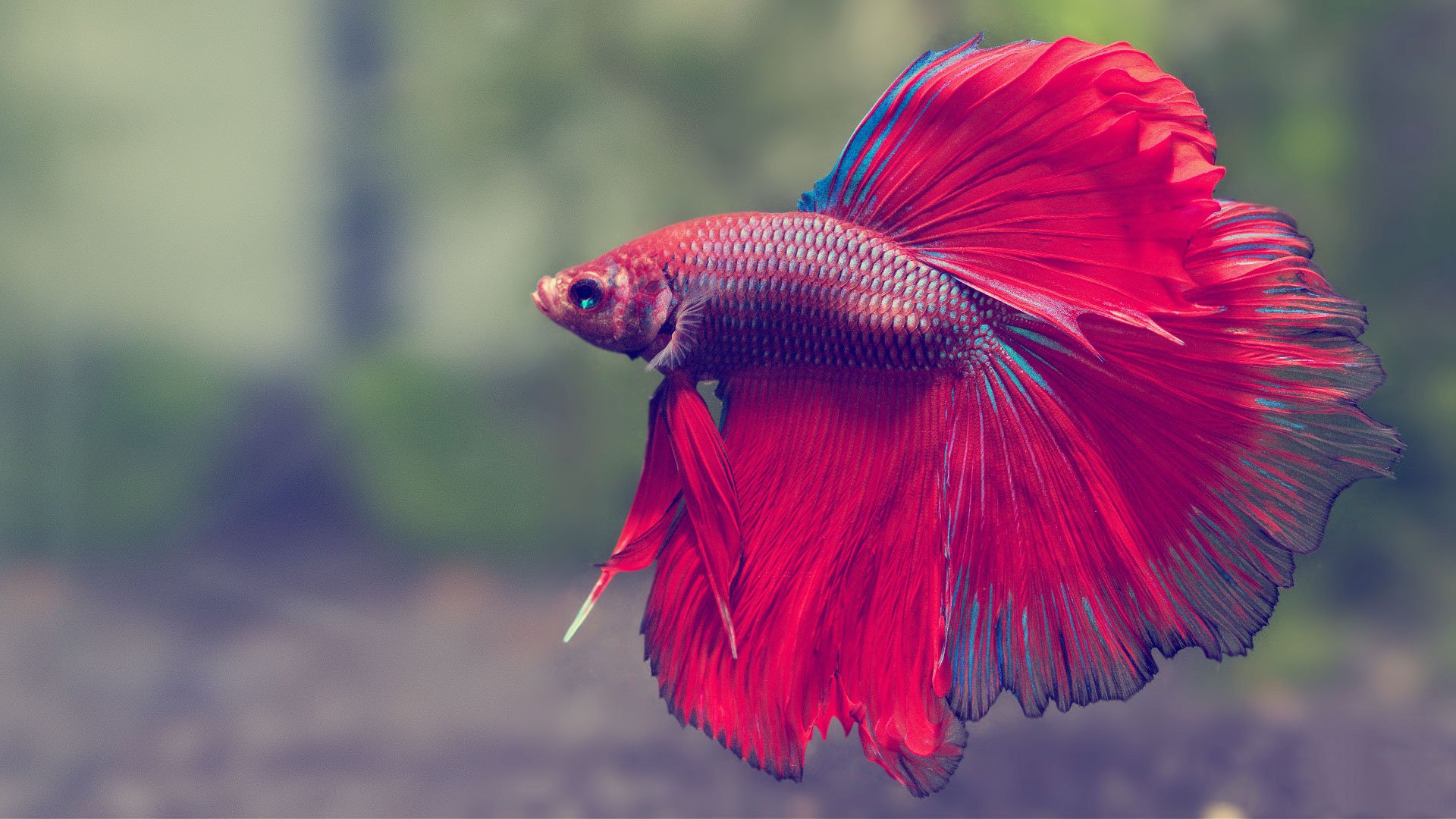How to Develop the Perfect Betta Fish Habitat at Home
How to Develop the Perfect Betta Fish Habitat at Home
Blog Article
How to Breed Betta Fish Efficiently: Professional Techniques and Insights for Hobbyists Seeking To Expand Their Betta Collection
Breeding Betta fish needs a nuanced understanding of genes and ecological conditions, making it vital for enthusiasts to come close to the process with both persistance and treatment. Producing an ideal reproduction setting, picking the appropriate pairs, and observing the details of their courtship behaviors are foundational actions that can substantially influence the end result.
Understanding Betta Fish Genetics
Recognizing the genes of Betta fish is vital for effective reproduction, as it affects qualities such as color, fin shape, and behavior. Betta fish show a varied selection of shades and patterns, mostly figured out by their genetic makeup.
In addition to coloration, fin morphology is an additional substantial element of Betta genetics (betta fish). The sizes and shape of fins are affected by different genetics, consisting of those that figure out whether the fins are short, long, or veil-shaped. Understanding these hereditary variants helps dog breeders forecast the phenotypic results of their children
Furthermore, behavioral traits such as aggressiveness and territoriality can also be affected by genetics. These behaviors play an essential duty in the reproducing process, as they can influence spawning success and the overall temperament of the resulting fry. By adequately recognizing these hereditary principles, breeders can make educated decisions, inevitably improving their breeding programs and attaining desirable results.
Preparing the Reproduction Environment
Creating an optimum reproduction atmosphere is essential for the successful reproduction of Betta fish. The very first action in preparing this environment is to choose an ideal reproduction tank, ideally varying from 5 to 10 gallons.
Following, take into consideration making use of a sponge filter or an air rock to provide gentle water blood circulation without developing strong currents that can stress the fish. It is necessary to set up plants or reproducing cones to supply concealing spots and promote comfort for the woman during the spawning procedure. Drifting plants, such as Java moss or water sprite, can additionally develop a more natural environment while promoting bubble nest building by the male.
Before introducing the reproducing sets, make certain the water is conditioned and without hazardous chemicals, such as chlorine or heavy metals. betta fish. Routine water modifications need to be conducted to maintain optimal water high quality, improving the possibilities of effective reproduction. With these prep work in position, the breeding environment will support the health and health of both Betta fish
Picking Reproduction Pairs
Choosing the ideal reproduction sets is critical for attaining effective Betta fish recreation. When selecting your breeding sets, take into consideration numerous crucial aspects including health, personality, and genes. Healthy Betta fish exhibit vivid shades, clear eyes, and active behavior. Picking fish that are devoid of disease makes certain a much better opportunity of generating practical offspring.
Personality is another important factor to consider, as Betta fish are known for their hostile nature. It is recommended to pick a male and female that show suitable temperaments to lessen tension throughout the reproducing procedure. A calm man can motivate a smoother courtship, while a female that is as well aggressive might interrupt the process.
Hereditary background additionally plays a considerable function in the top quality of the children. Reproducing fish that are genetically diverse can lower the danger of hereditary health and wellness issues and enhance the overall vigor of the fry. It is advantageous to visit the site investigate the lineage of both the male and female, concentrating on desirable traits such as fin type, color scheme, and size.
The Reproduction Process
The breeding procedure of Betta fish calls for careful planning and focus to information to guarantee an effective end result. It is essential to prepare a suitable breeding storage tank, preferably a page 5-10 gallon fish tank with a temperature level maintained at 78-80 ° F. The storage tank needs to be equipped with a heater, filter (preferably sponge type to prevent solid currents), and lots of marine plants for the lady to conceal.
Once the atmosphere is set, present the chosen reproducing set to the tank, enabling them to adjust. Observe their habits; the male will show elaborate courtship rituals, including flaring his fins and building a bubble nest. If the woman shows passion, she will display vertical stripes indicating readiness for spawning.
When the woman is receptive, the set will take part in a breeding accept, during which the male fertilizes the eggs. It is important to check their interactions closely, as the man might end up being aggressive. After spawning, get rid of the lady to protect against possible damage. The male will tend to the eggs, which generally hatch within 24-36 hours. Keeping optimum water problems during this period is important for the development of healthy and balanced Betta fry.
Taking Care Of Betta Fry

Feeding Betta fry is vital, as they require a diet high in protein. Originally, they can be fed infusoria or fluid fry food, transitioning to finely crushed high-grade pellets as they grow. Feed little sections numerous times a day to urge healthy growth without overloading the tank with uneaten food.

As they grow, monitor their development carefully and separate any type of aggressive people to avoid injury. By offering a supporting environment and correct nutrition, enthusiasts can successfully increase Betta fry right into dynamic, healthy and balanced fish, eventually boosting their breeding undertakings.
Conclusion
Effective Betta fish breeding needs meticulous interest to hereditary selection, ecological conditions, and care for the fry. By recognizing the genetics of Betta fish and preparing a proper breeding atmosphere, enthusiasts can enhance the opportunities of creating lively, healthy spawn. Selecting compatible reproduction sets and very closely checking the courtship and spawning procedures are important. Giving optimal care for the fry ensures their healthy advancement, adding to a growing Betta collection.
Report this page